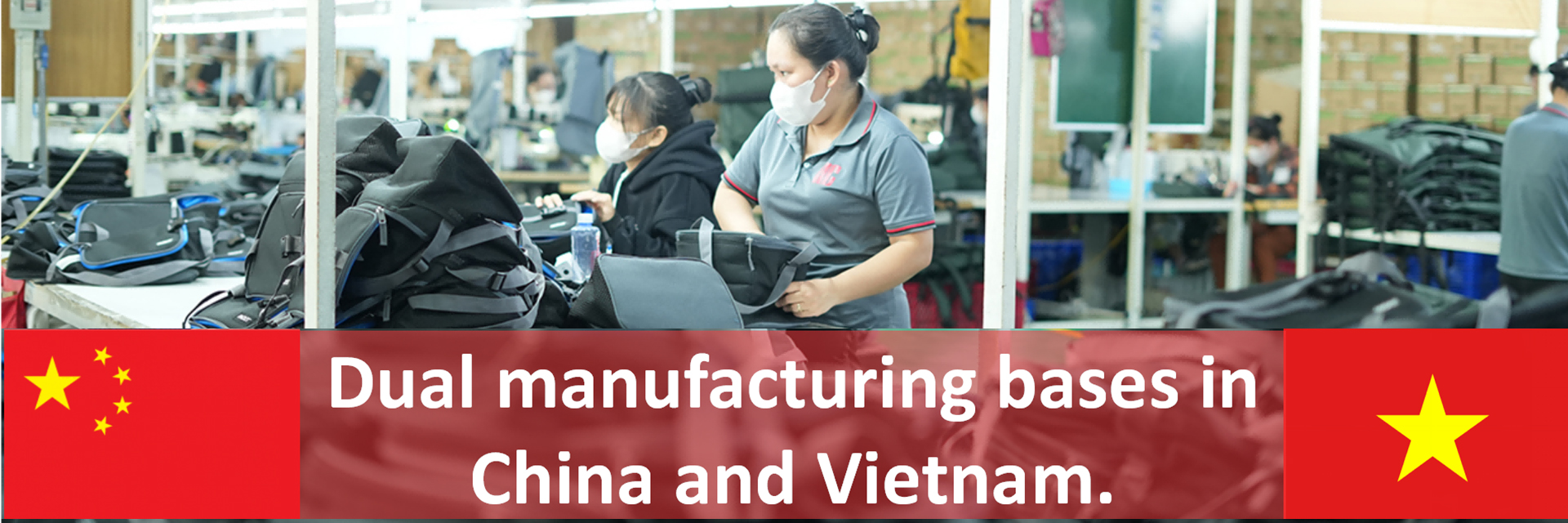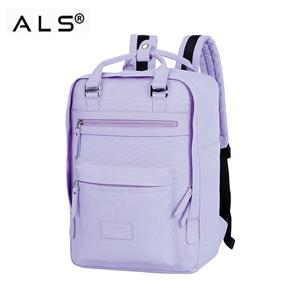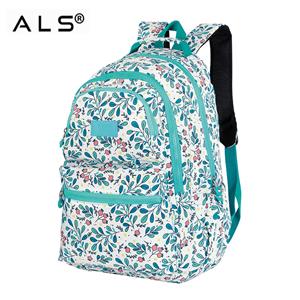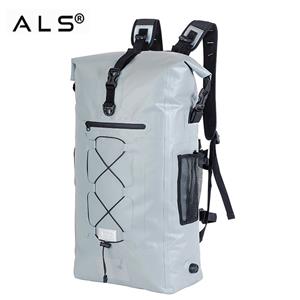Hecheng's Dual-Country Tariff Shield
Now the U.S. implemented 30% tariffs on Chinese textile/apparel exports – with potential escalation to 54% after the 90-day (around August 15th) grace period. Simultaneously, President Trump announced a 20% baseline tariff for Vietnamese-origin goods via Truth Social on July 3rd. For bag manufacturers leveraging dual-country production models, these developments necessitate decisive strategic production shift frameworks centered on Vietnam bag production.
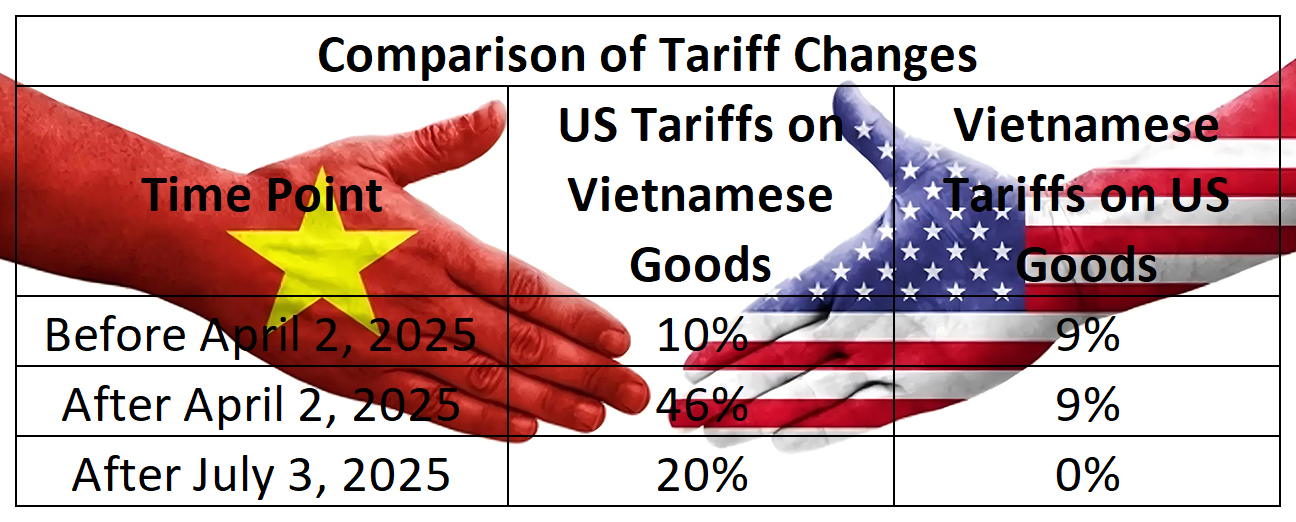
The Vietnamese government's proactive negotiations secured critical advantages for tariff resilience manufacturing:
★ 20% standard tariff vs. China's current 30% (+ potential 54%)
★ Avoidance of initial 46% proposals through bilateral agreements
How Fujian Hecheng Bag Manufacture & Vietnam Hecheng Enterprise Co., Ltd. Drive Uninterrupted Global Supply
For over 20 years, our China facilities anchored production – now enhanced by Vietnam bag production hubs neutralizing tariffs through strategic production shift models. This positions Hecheng not as another manufacturer, but as a geopolitical risk mitigation partner.
For U.S. Importers:
★ This tariff inflection demands immediate strategic production shift to Vietnamese facilities.
★ Leverage Vietnam's tariff resilience manufacturing advantages: 20% tariff ceiling vs China's 54%(maybe)
With Vietnam bag production now an operational imperative, Hecheng Bag Manufacture tariff resilience manufacturing solutions ensure sustainable export growth.
Forward-looking Vietnam bag production operations should implement:
1
Strategic production shift: Rebalancing US-destined orders to Vietnamese facilities
2
Localization Acceleration: Achieving higher input Vietnam localization rates for preferential tariffs
3
Price Architecture Restructuring: Collaborative margin management with U.S. importers
4
Tariff resilience manufacturing optimization: Lean offsets in Vietnam facilities
